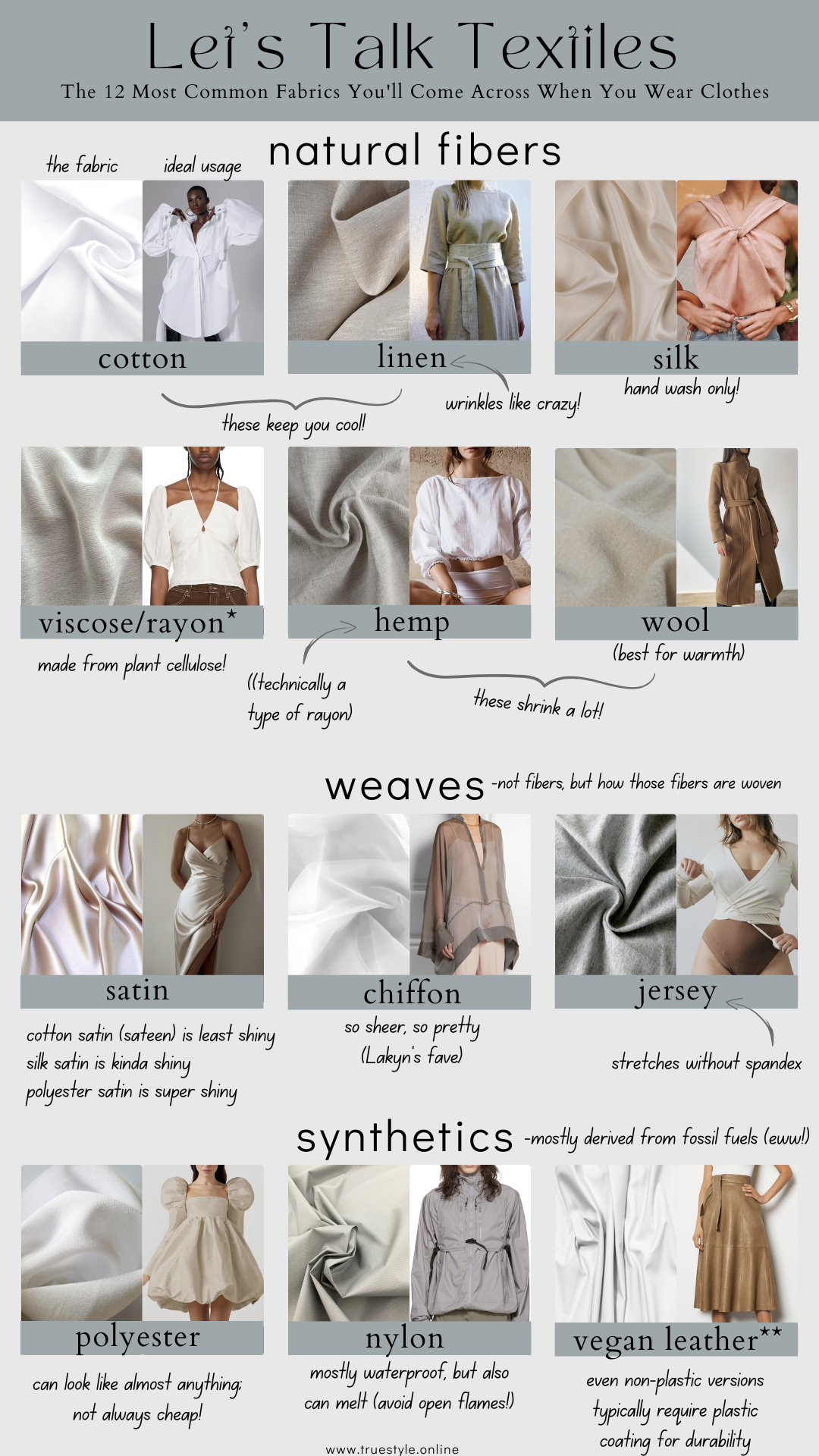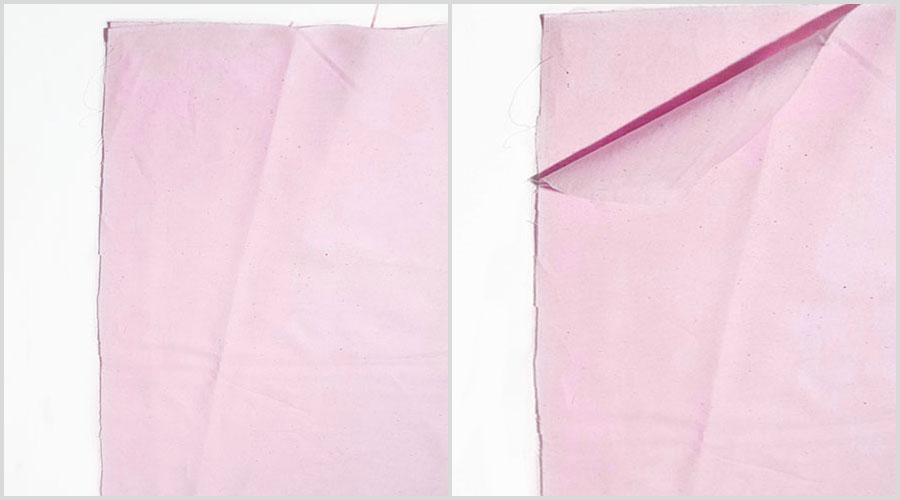What Does All 4 Way Stretch Fabrics Do?
What Does All 4 Way Stretch Fabrics Do?
Blog Article
Rumored Buzz on All 4 Way Stretch Fabrics
Table of ContentsThe smart Trick of All 4 Way Stretch Fabrics That Nobody is DiscussingThings about All 4 Way Stretch FabricsIndicators on All 4 Way Stretch Fabrics You Should KnowThe Definitive Guide for All 4 Way Stretch Fabrics5 Easy Facts About All 4 Way Stretch Fabrics ShownThe Best Strategy To Use For All 4 Way Stretch FabricsUnknown Facts About All 4 Way Stretch Fabrics
As I likewise desire UV defense from my garments when I go out, I would certainly select a largely woven cotton material. One more consideration when buying the material is the way it will after washing.A secure wager would certainly be to get at least 10% extra material. If you can get preshrunk material, this is the best.

If you are matching the color, like selecting the cellular lining for the primary textile or picking textile to include as trim, this is specifically crucial. The material showrooms will typically have a light well where you can see the fabric in sunshine (or a window with good light from outdoors).
Not known Facts About All 4 Way Stretch Fabrics

A lot of textiles are regarding 44 wide. When you go to buy textile, quote just how much you want initially and then go to the store.
These are readily available in the stores I regular as cut items they are mostly valued reduced and a few of them, when they are last off the screw, valued extremely low. You will have to ask the sales representatives for pieces like that. Some great deals can be had by doing this. In dressmaking, we buy fabric by the yard/meter.
The Ultimate Guide To All 4 Way Stretch Fabrics
In a quarter of a yard, you get a 9 by 44 strip of fabric, which has to do with 22 cm in length. It is always better to get larger cloth. According to the width of textiles, they may be called single-width and double-width. Single width is typically up to 49 inches in width and dual size up to 60.
You can discover more about yard to meter conversion right here. Look into this blog post on reviewing a measuring tape Choose materials that are not as well hard or stiff, or you wouldn't fit in them. Bed linen, Jeans, flannel, For cooler environments, pick woollen (100% as well as wool blends) woollen tweeds, woollen crepe; it basically relies on what pants you are chatting about Tailored trousers, Unstructured Pant, Combined, Jeans.
Corduroy is comfy to use material to select for pants. All cotton materials are great for children. You can select a cotton satin stretch or a cotton twill or cotton satin or yard. Knit fabrics are additionally excellent for youngsters you can go for woollen knits. Interlock knits are dressmaking knits that stretch throughout the grain.
All 4 Way Stretch Fabrics Can Be Fun For Anyone
Cotton yard fabric in lovely prints is excellent. Silk jacket is a terrific textile for stitching skirts, as is Ponte Roma knit fabric.
Drapey rayons, soft woollen, lycra blends, and stretch velvets are all ideal for sewing skirts. Woollen (Woollen crepe has a wonderful drape and gives sufficient framework for coats; wool tweeds are wonderful as well), Bed linen & Flannel. Raw silk, satin, taffeta, velour, Lace, silk chiffon, and Organza are all excellent for making outfits.
You can purchase medium-weight textiles with some spandex/elastane added for a fitting bodycon-type outfit. For drapey dresses, you can select light-weight textiles. Jersey has a drapey fit similar to this. Crepe, challis, and charmeuse are all drapey fabrics matched for this style. Have a look at these articles: Best fabric for making laid-back dresses and tops; Names of different dresses. Rayon, Acetate, and cotton lining products are widely utilized.
Lightweight cotton material, Cambric, Chintz, Twill, Faille, Seersucker, Poplin, light-weight woven broadcloth, batiste, linen, eyelet are great for making tee shirts and shirts. Silky satin material is excellent for making ventilated tops. When purchasing patterned fabric (most of the formed textile comes with a width of 45 or 54 inches), there will certainly be pattern repeat in these materials, and this should be taken right into factor to consider when reducing material as well as buying them i.e., if you want to match the patterns at the joints.
The All 4 Way Stretch Fabrics Diaries
This message has the names of all the checkered patterns and this, stripe patterns. The motifs will be dispersed in an organized style on the fabric. You may discover often If the print is not positioned on the material properly, it can not be matched or lined up when created without distorting the fabric and the hang of the garment.


The textile weight is reliant on lots of elements like the weave, fiber type, etc and is normally denoted by GSM. GSM can vary from 60 -700; 700 being the GSM of very high-quality woolen fabric.
But something you need to remember is that higher fabric weight does not denote higher textile quality (breeches fabric). It just is a sign of the suitability of the material for a certain task. You can not select high material weight material denim for a light-weight floating shawl. Understanding the material weight is helpful when contrasting the exact same kind of fabrics, but even this will certainly depend upon its application.
Have a look at the list of the 70+ various textile surfaces and treatments. Basically, one of the most essential standards to seek in the fabric you buy are as complies with. The variety of strings per inch of fabric (yarns-per-inch). Greater the thread matter greater the variety of threads woven per inch, and the higher the quality.
The 20-Second Trick For All 4 Way Stretch Fabrics
This is very crucial in any kind of textile. In high-quality textile, this balance (either in numbers or in size) will constantly be preserved. Procedures used on fabric to enhance look and efficiency. The fibers that are woven to make the material will either be as a solitary hair or will certainly be developed by incorporating useful content 2 threads (twisted).
A two-ply thread is remarkable to a single-ply thread.
If you are preparing to start a new embroidery task, picking a material will be one of the most important step once you choose what you desire to make. After you've gone to all the trouble and expenditure of buying the sewing machine you love, a pattern you enjoy, and a textile you love, you want the finished product to be a success? One means to complete that is to begin by ensuring your fabric is really appropriate for the job.
Rumored Buzz on All 4 Way Stretch Fabrics
If you're making a patchwork, you'll immediately want to make use of quilter's weight cotton for finest outcomes. What if you desire to make a product of clothes? How do you recognize which fabric will provide you the most effective result? Picking a fabric simply because you like the print or design on it isn't necessarily the very best method.
In order to stay clear of doing an entire job for practically nothing, we've put together some suggestions to assist you decide which textile is appropriate for your job. Allow's state you currently have a project in mind; exactly how do you locate the best fabric for it?
Then, think of the qualities you want the finished item to have. If clothes, will it be fitted or loose? Dressy or daily? For warm weather condition or cold? Do you want a strong color or a print? If you are making a non-wearable item such as a pillow cover or potholder, use a tough textile such as canvas.
There is so much information around regarding fabrics, their qualities, and their uses, it might reach be frustrating! Do not attempt to take it in all at when; simply start with the task at hand. Learn all you can regarding the material you use for this project.
Report this page